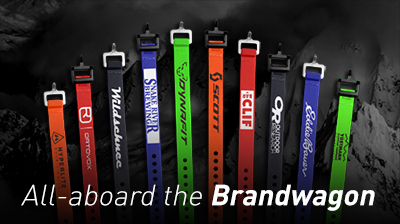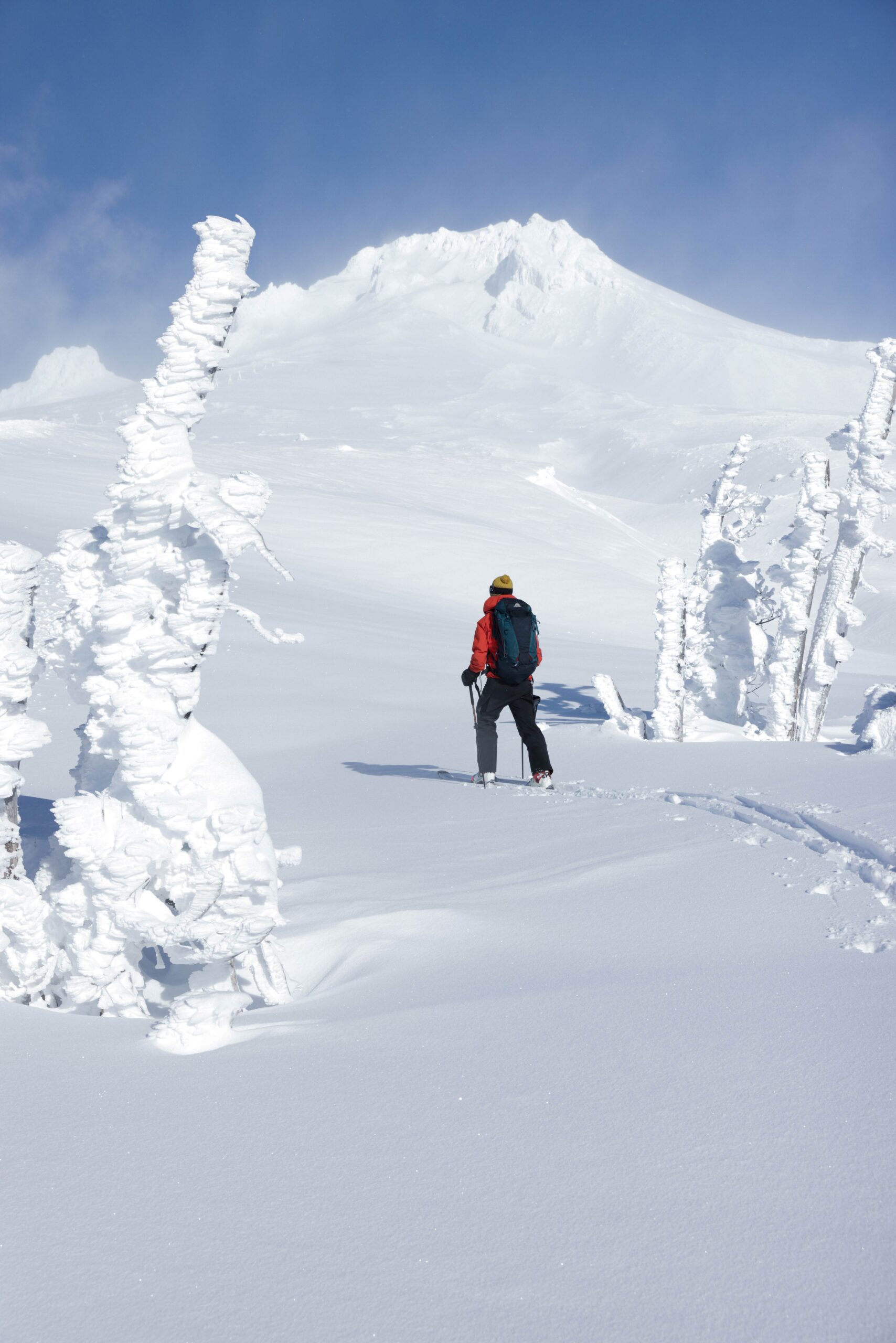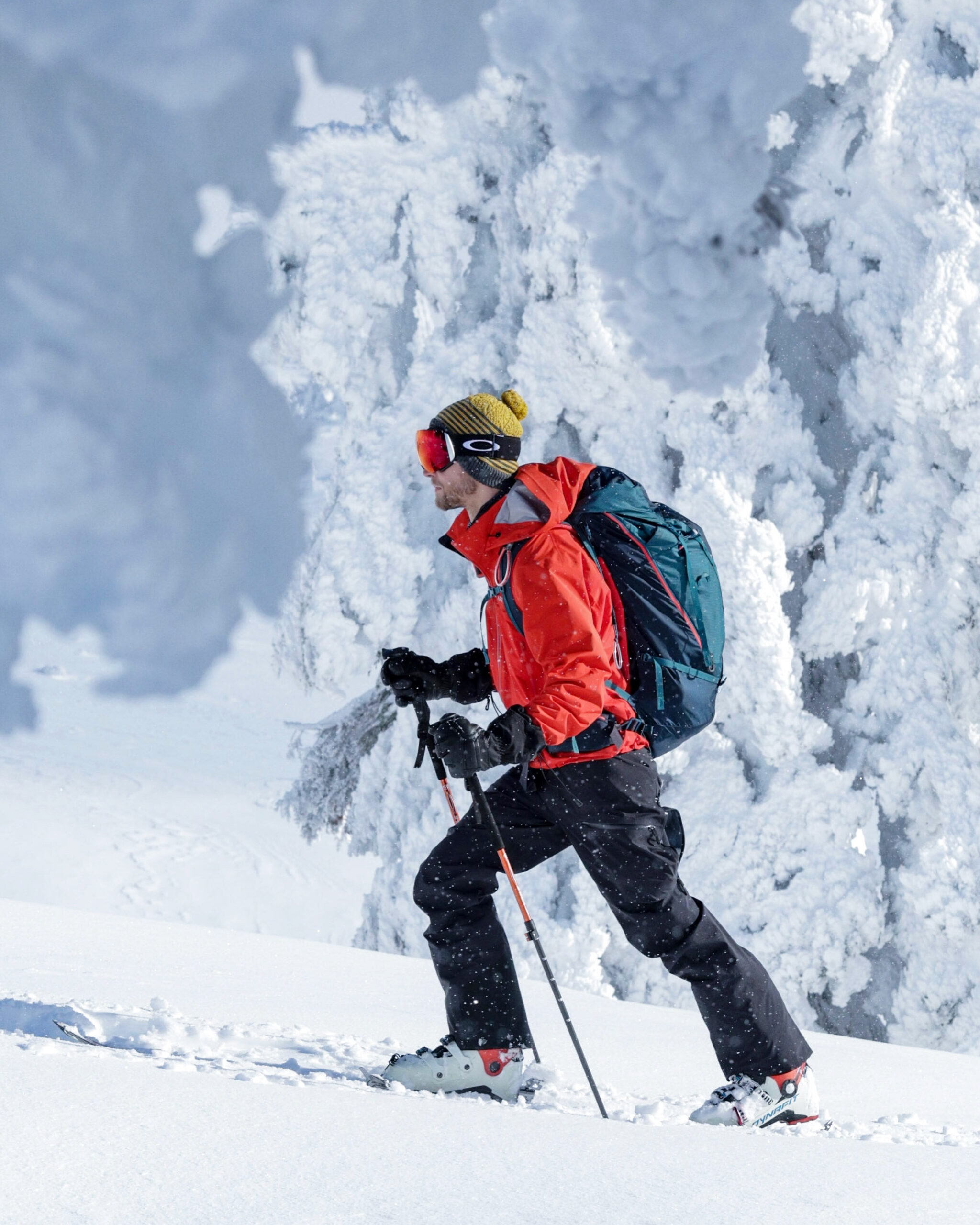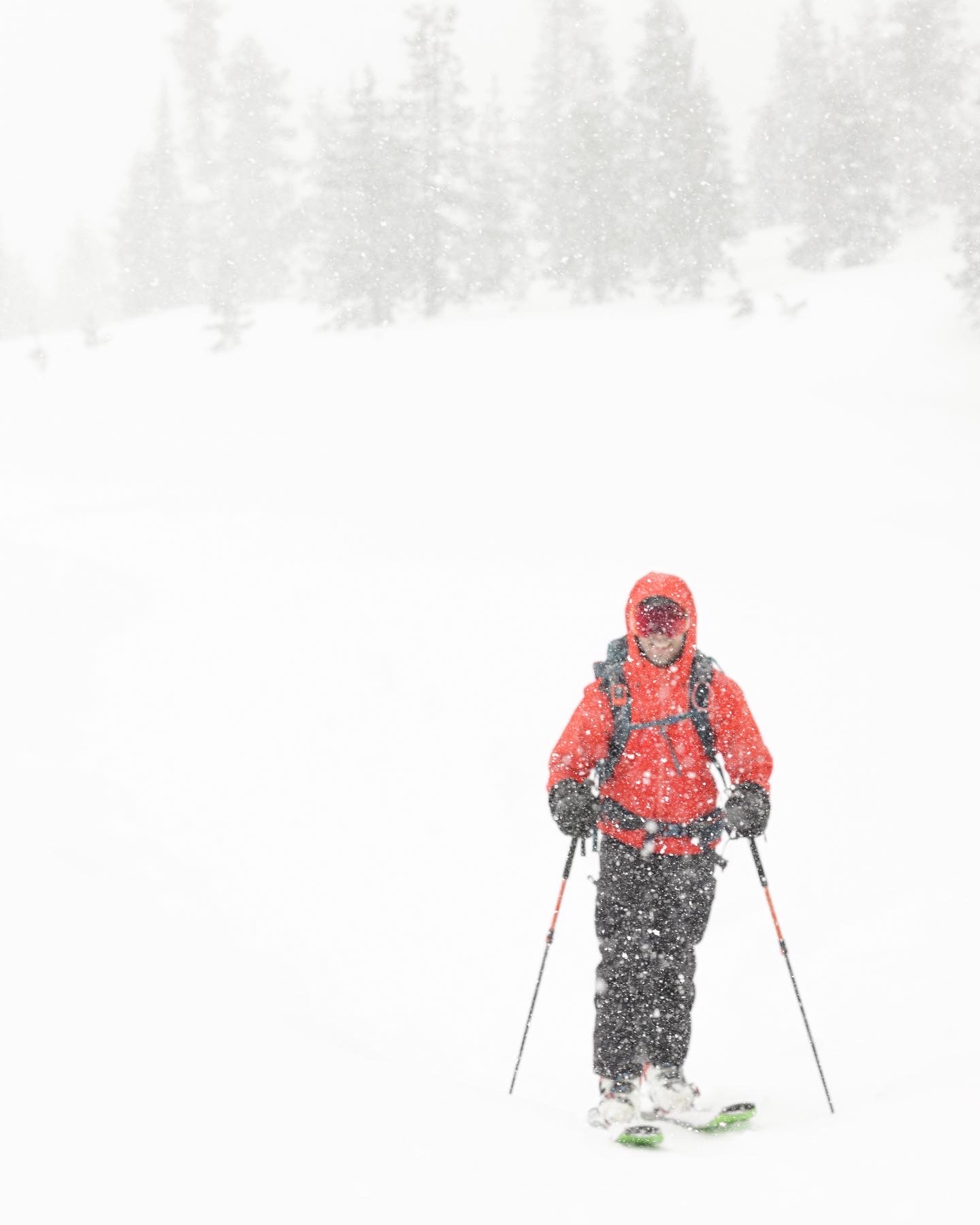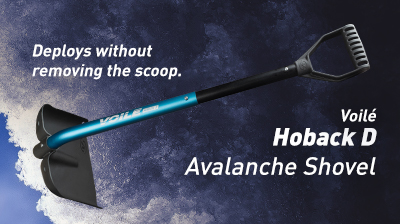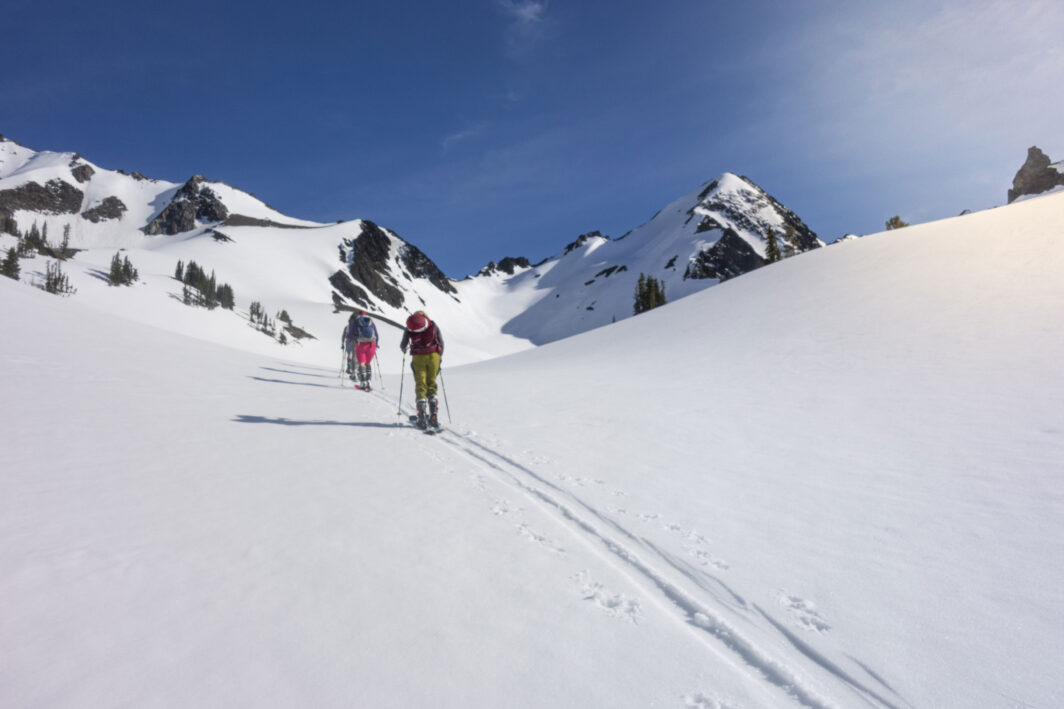
How To Create A Successful Backcountry Partnership
All photos courtesy of Brooke Jackson
Share this Post
Soggy boots and achy limbs make climbing into the truck a welcomed reprieve. After a full day battling waist-high Devil’s Club, blackberry bushes, and other formidable forest growth, my limbs are pricked pink by thorns and minor lacerations. Despite the discomfort, our team is in good spirits as we turn up the radio and pass around snacks. Yet there’s a particular energy that lingers in these moments. The humbling silence after ending a grueling search day without a successful rescue.*
While munching on squished PB&J sandwiches and staring out the rain-dropped window, my mind wanders to where the missing individual could possibly be… what might’ve happened… what stone has yet to be turned in the story of the search…
I’m new to Mountain Rescue, so the emotional journey of responding to call-outs is an experience I’m still learning to navigate. Yet, much like backcountry skiing, I’ve already learned one secret to success – The partners you endure the endeavor with. In fact, it was while driving back to base from this mission that my unit discussed the topic. After sharing an abundance of stories, there seems to be a consensus on 5 key pillars to a successful backcountry partnership:
1. Trust
We throw around the word “Trust” a lot. Yet, it is a complex requirement to unpack when discussing partners. Not only is it trusting in ones’ technical skills but also in their ability to be there for one emotionally, physically, and mentally. It is the recognition that when s**t hits the fan, you know this person is going to be there to help endure the storm with you. Both metaphorically and literally. Trust is the foundation all other requirements are built upon.
2. Decision Making
Building on trust is the confidence in my partner’s ability to make difficult decisions. Whether it is determining the safest path when traveling in avalanche terrain, to making split-second decisions in high-risk situations, I need to know I can trust this person to operate well under stress. In my greener years, I thought that if I was going out with someone who is experienced, then we would be ok. I’ve since learned the folly in that thinking. Now, I evaluate every partnership by asking myself an initial question. “If I were incapacitated for any reason, do I have full confidence in this person’s ability to navigate the situation?”.
3. Open Communication
A mentor once told me “if you check in every 5 minutes, you’re never more than 5 minutes lost.” While his measures are a bit more extreme than my own, I appreciate the sentiment of checking in often. When creating a successful backcountry partnership, it’s highly important to see how everyone’s feeling throughout the journey. Make space for the conversation, and actively listen to your partner. Distinguishing the line between pushing one’s limits and being unsafe by exceeding abilities is a hard decision to make. However, with open and honest communication, hopefully, the difference becomes more comfortable to explore and identify.
4. Definition of “Fun”
The “3 Types of Fun” have long circulated in the verbiage of retelling stories from outdoor adventures. So, when searching for a successful backcountry partnership, I find it helpful to be honest with myself. Primarily about the type of fun I’m looking to get into. Sometimes, I love going out for a good old sufferfest and fully anticipate a Type II-III adventure. However, other times, I’ve had a stressful work week and just want some easy-going, Type I enjoyment. All options are totally acceptable, as long as your partner is on the same page for the day.
5. Why Are We Doing This?
Lastly, building on the definition of fun, is a mutual understanding of why the heck we are doing this. For some people, skiing is all about the send. For others, it’s a way to connect with the land in a deep, meaningful way. And there is a full spectrum of reasons that fall in-between. If your reasoning for being in the mountains is to tag that summit, come hell or high water, then you’ll want to find someone with that same determination and desire.
Yet, if you’re not goal-oriented in the backcountry, then you may want to reconsider going out with someone with summit fever. It’s not to say that one approach to the activity is superior to the other, not at all. Instead, it’s simply important that you and your partner are out in the mountains for similar reasons and have comparable definitions of what makes for a good day in the backcountry.
Personally, I consider a day spent in the mountains where we all come home safe to be a good day. Regardless of summits reached or falls taken. I’ve found my successful backcountry partnerships to be with those who feel similarly.
*I would like to include that this particular mission did have a happy ending. The missing person was found alive the following day.
About The Author
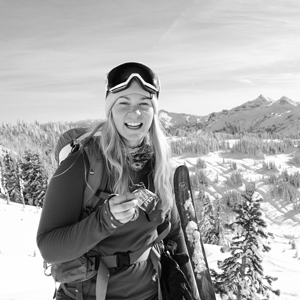
Location: Seattle, WA
Top Gear Picks: UltraVector 171cm / V8 176cm
Instagram: @wanderingtrailsmedia
Website: www.wanderingtrailsmedia.com
Brooke Jackson (she/her) is the founder of Wandering Trails Media, a media creation agency where she utilizes her storytelling skills to uplift the voices of others. Oftentimes, Brooke is behind the camera as a Photographer and Producer, yet is also known to scribble the occasion written feature. Outside of her professional endeavors, she is a volunteer with Olympic Mountain Rescue, as well as the Kitsap County Search Dogs with her Field Retriever, Eva.
Share this Post



